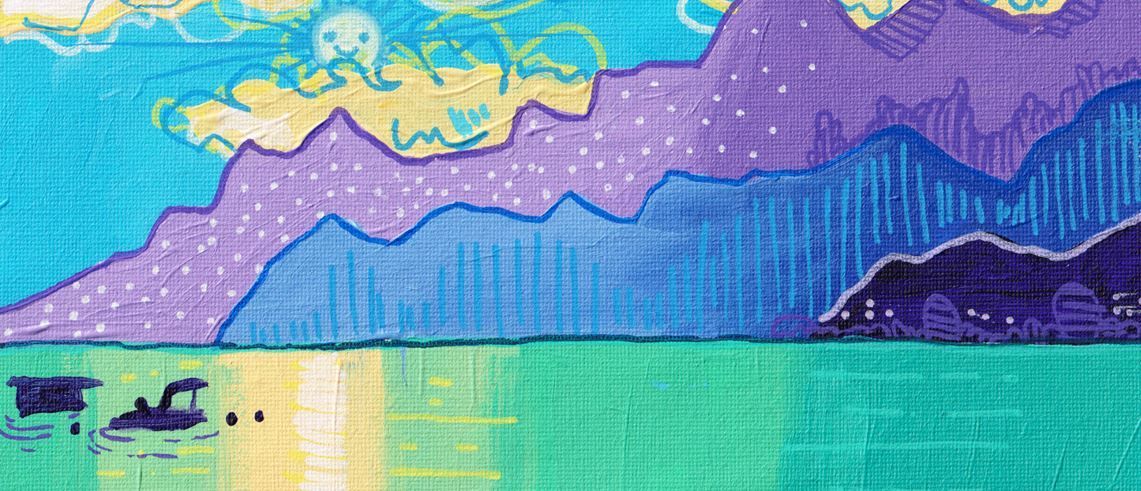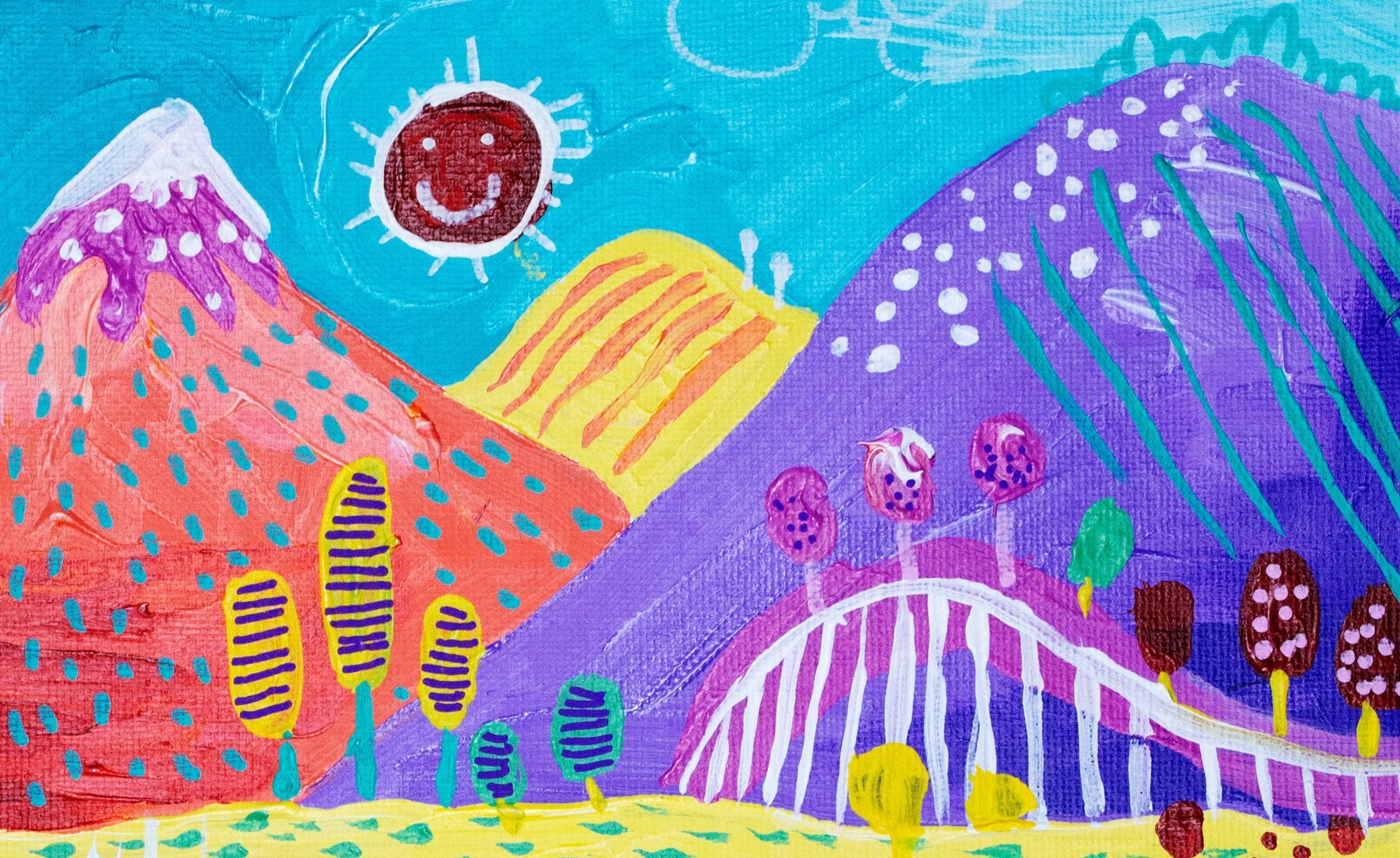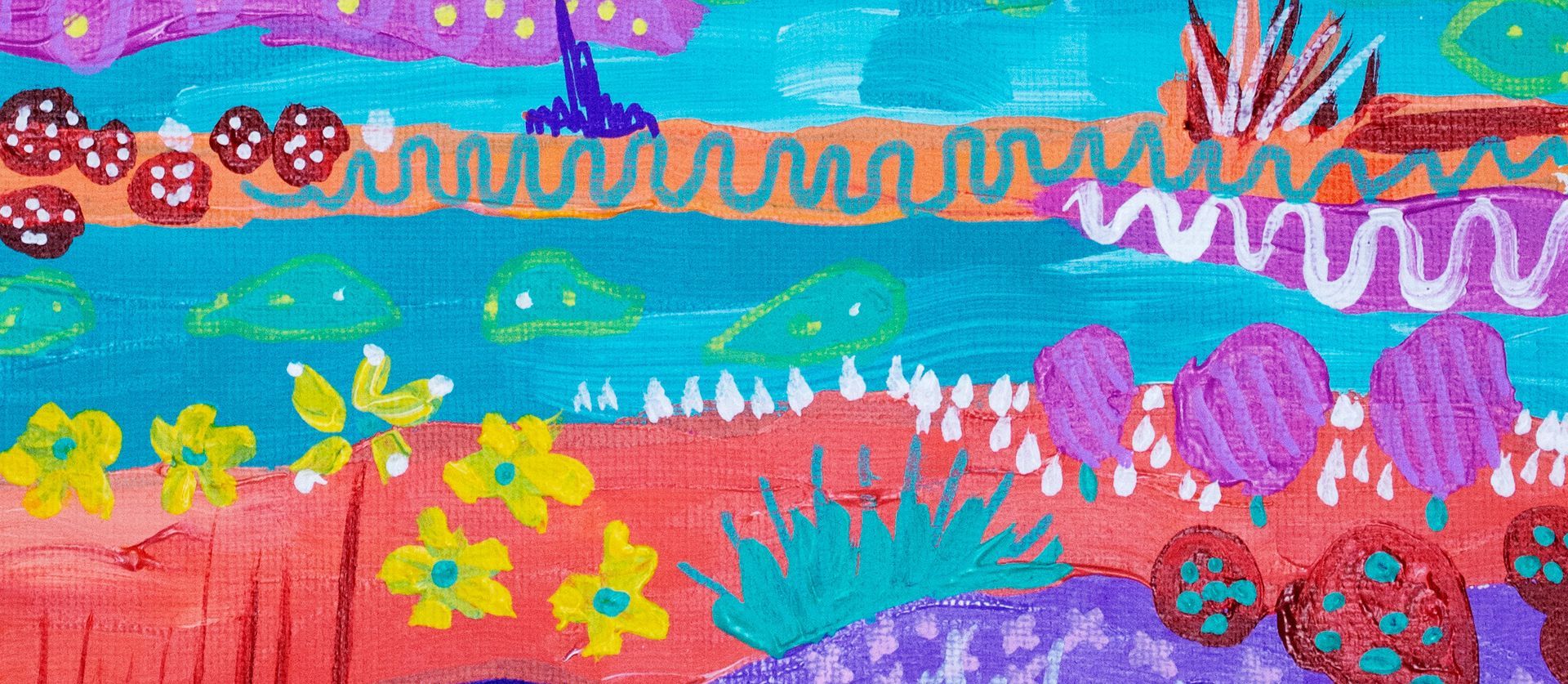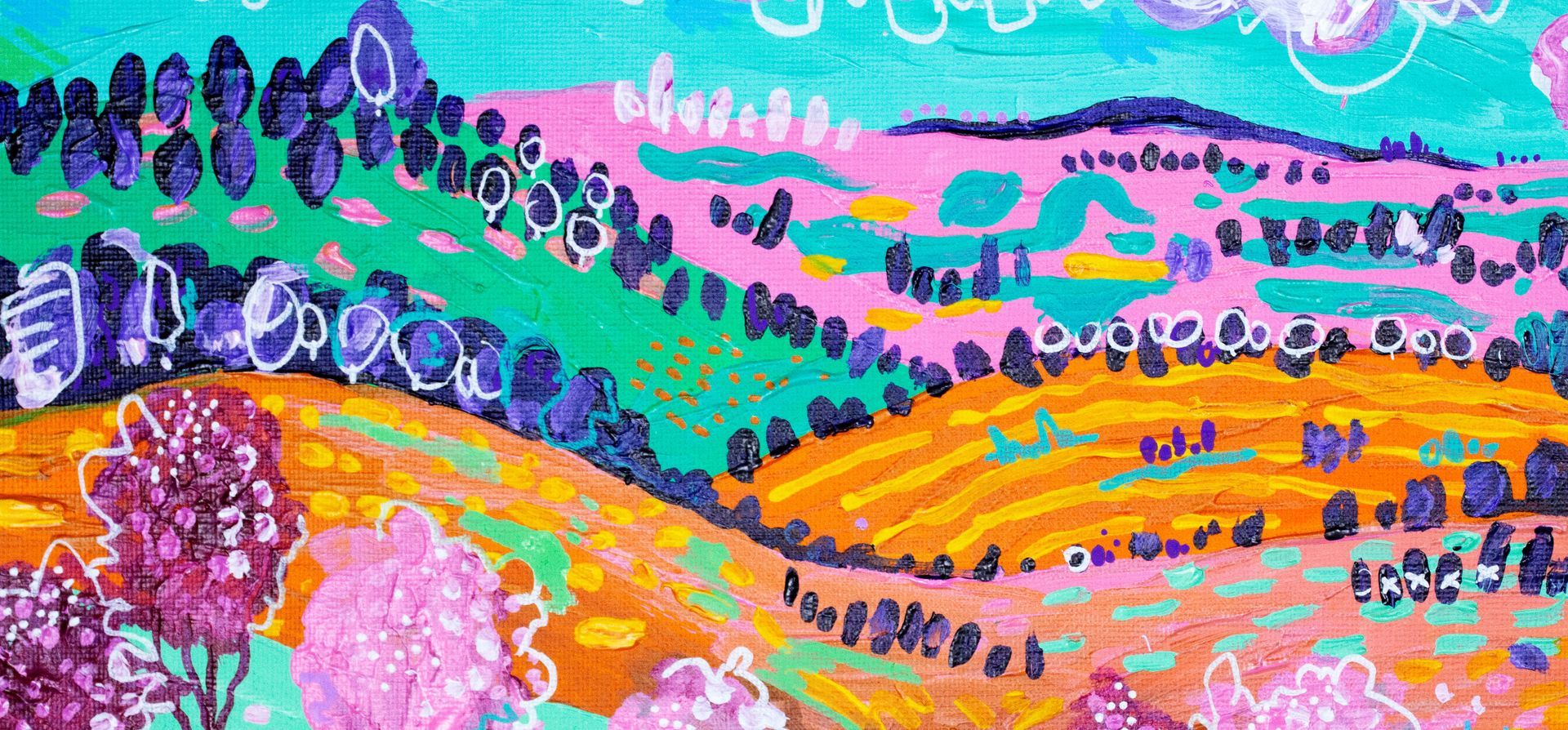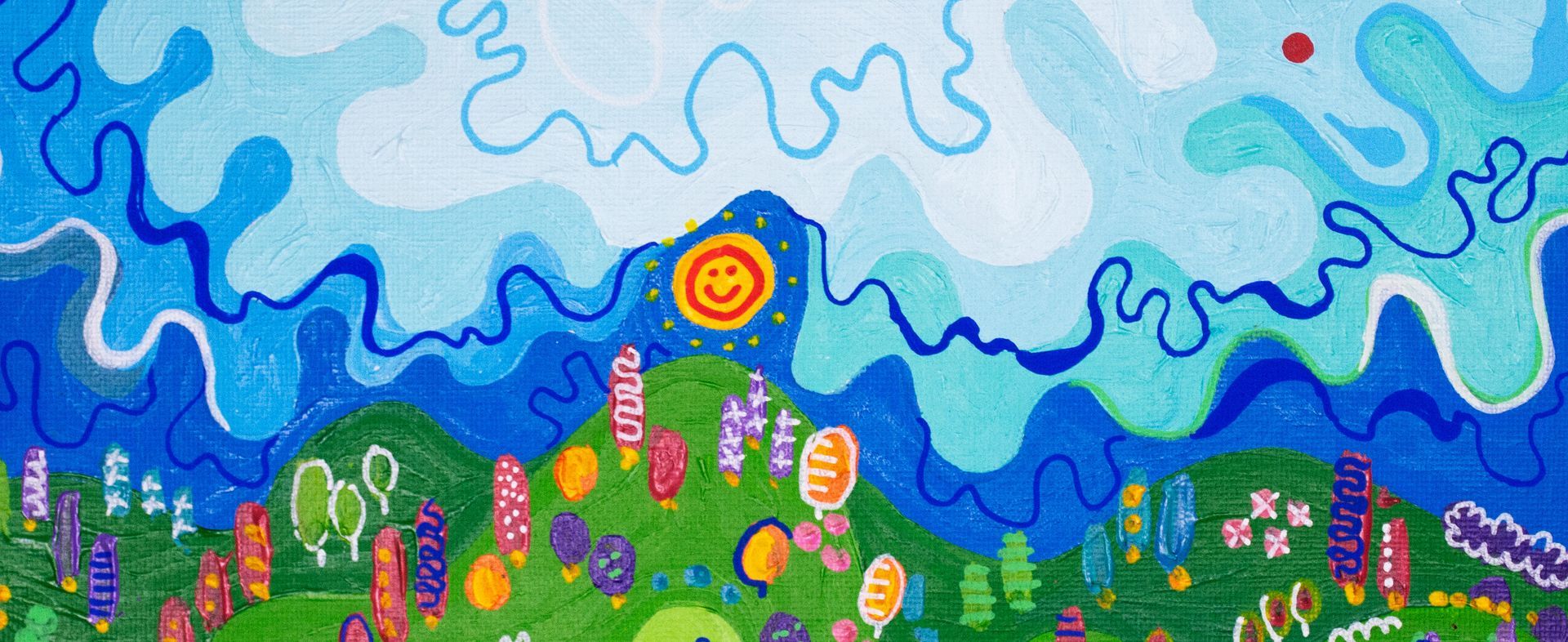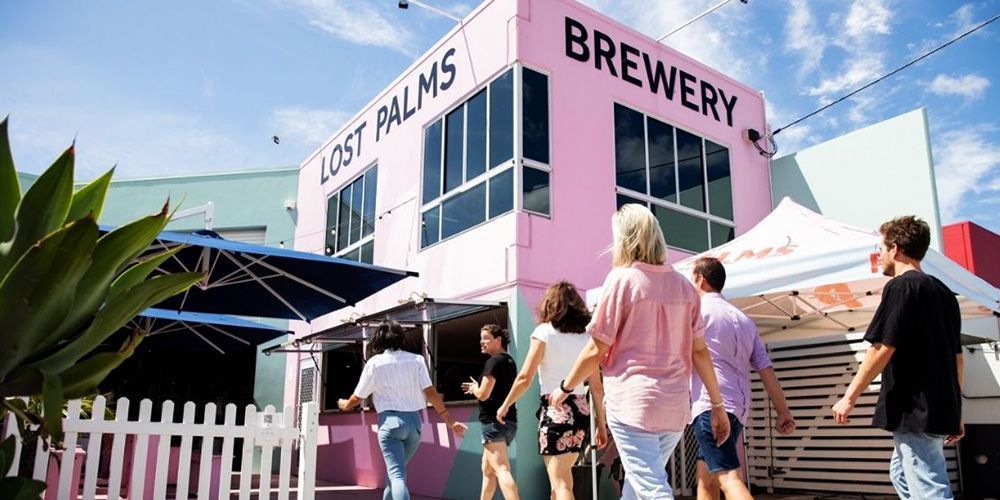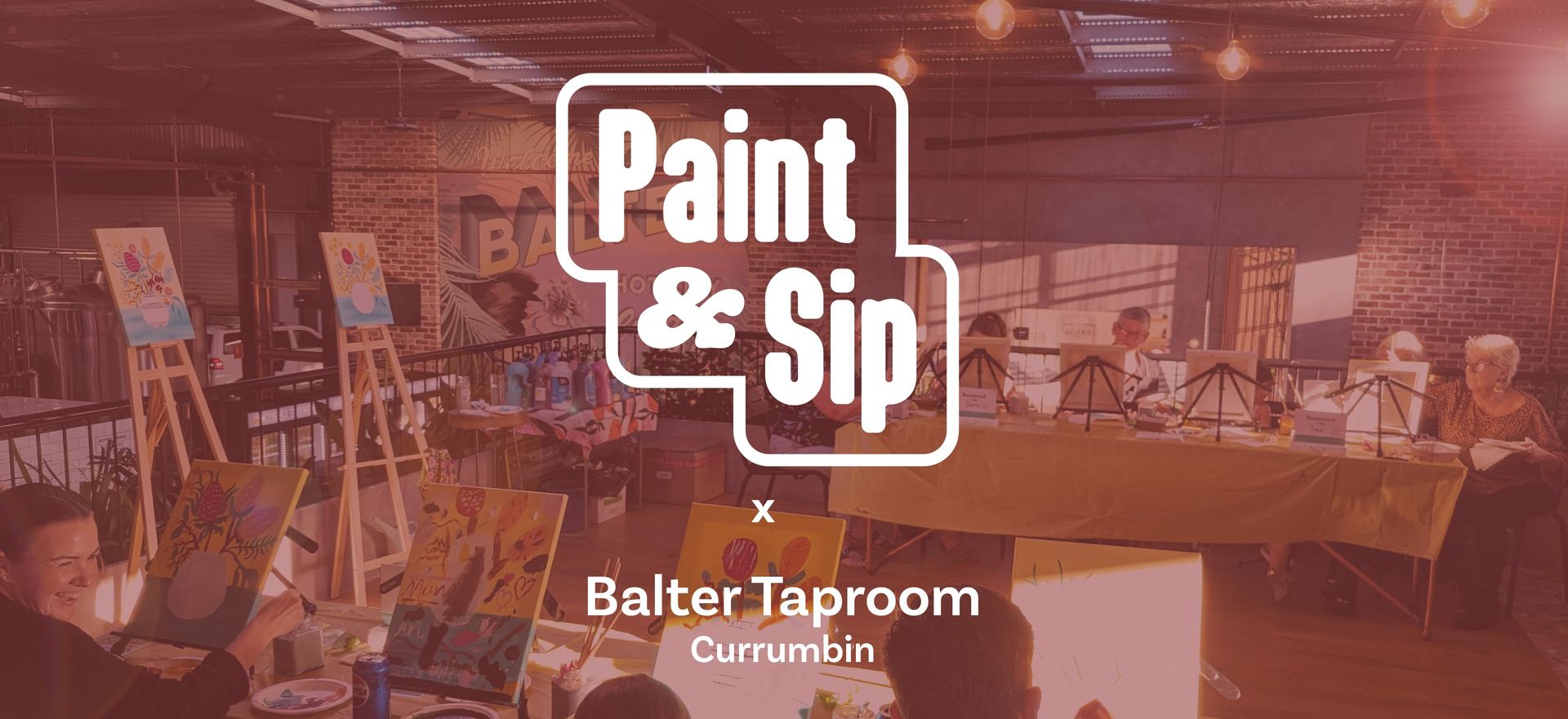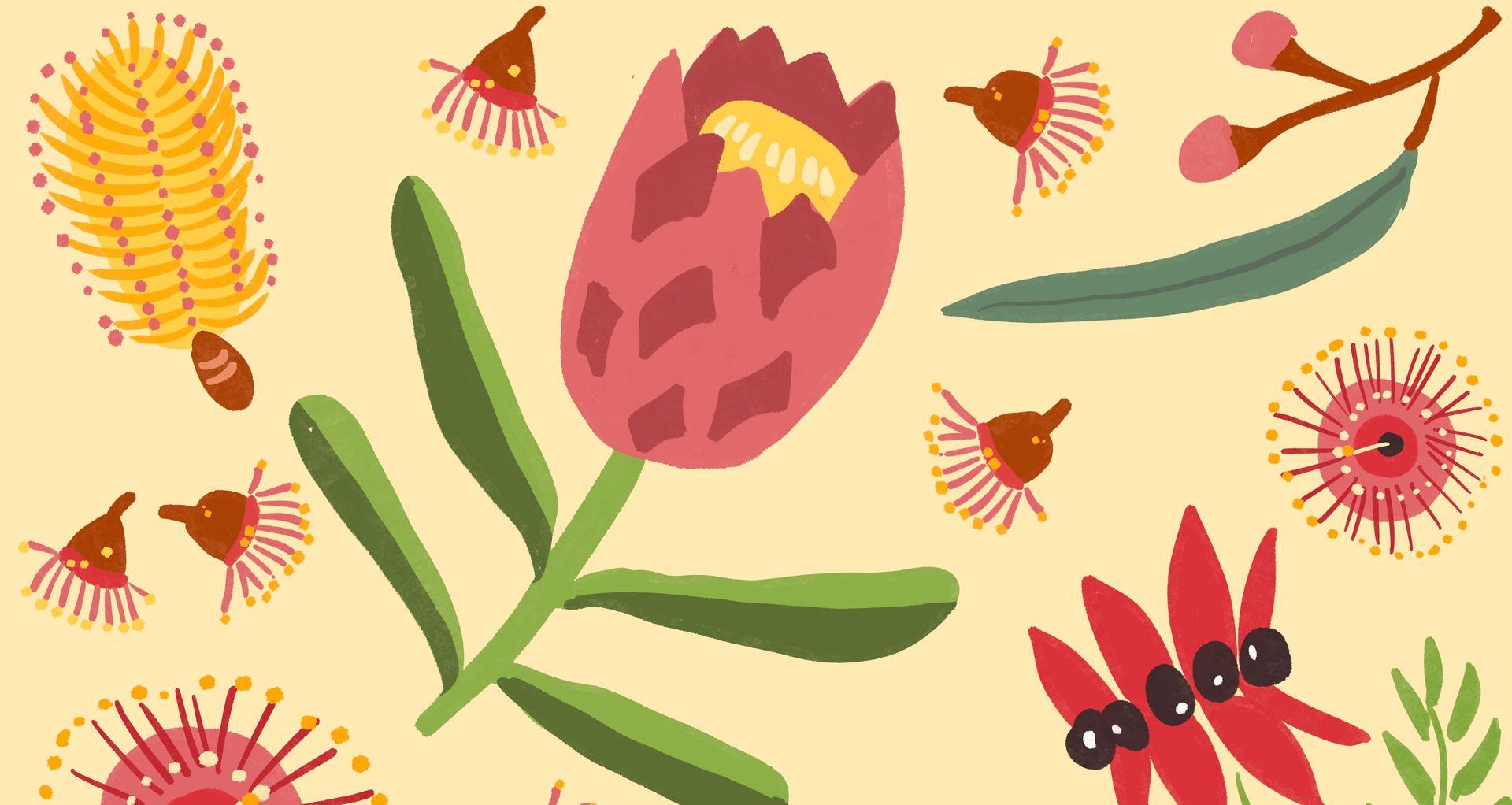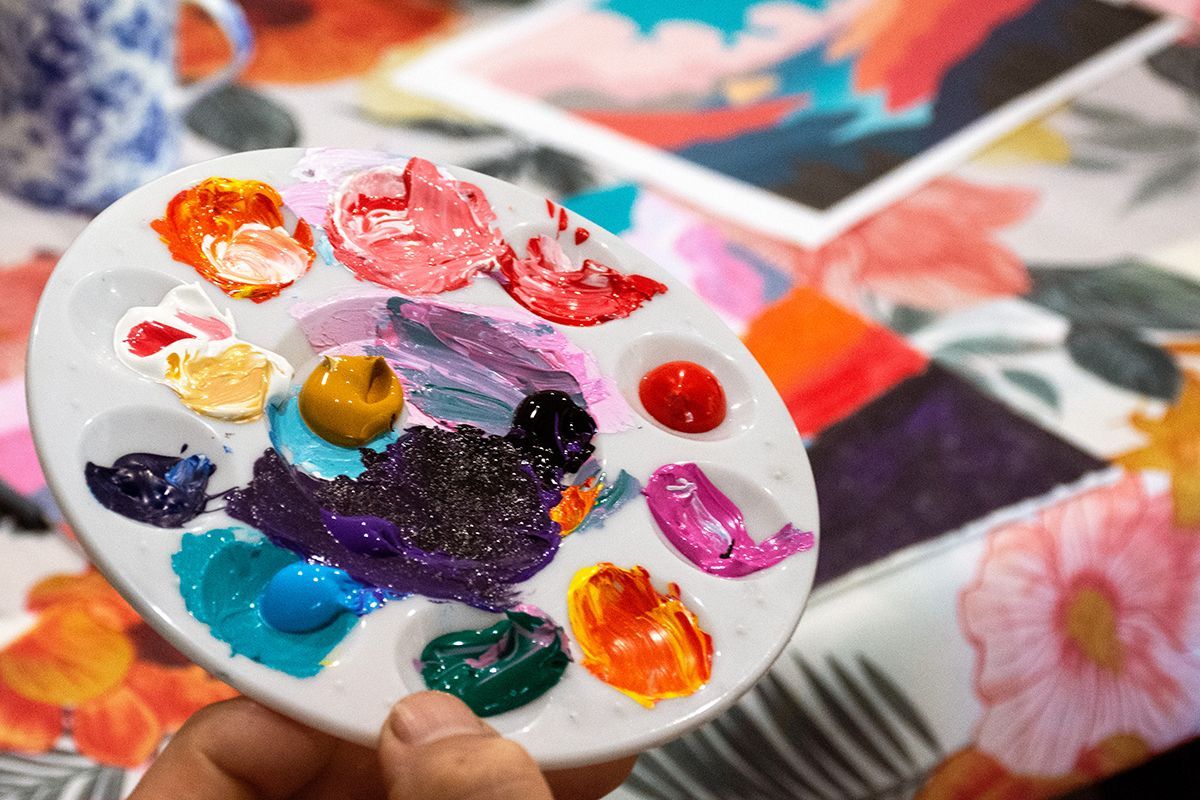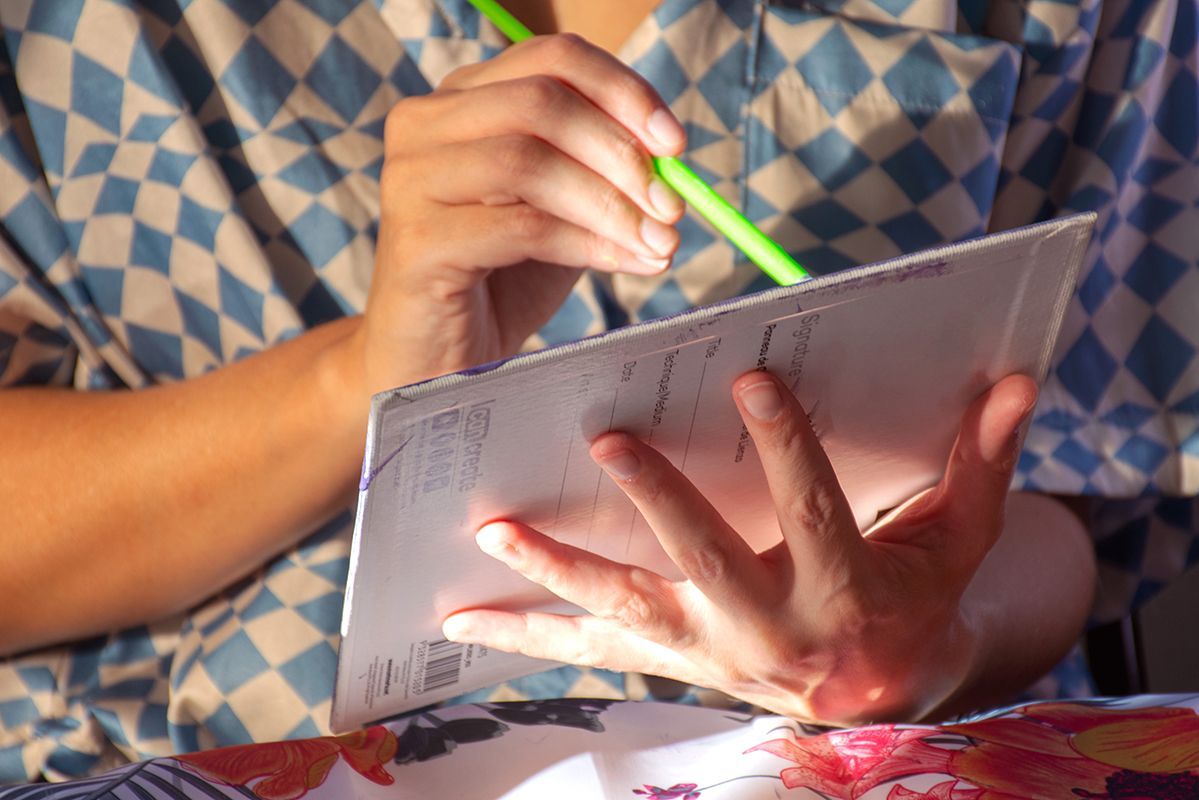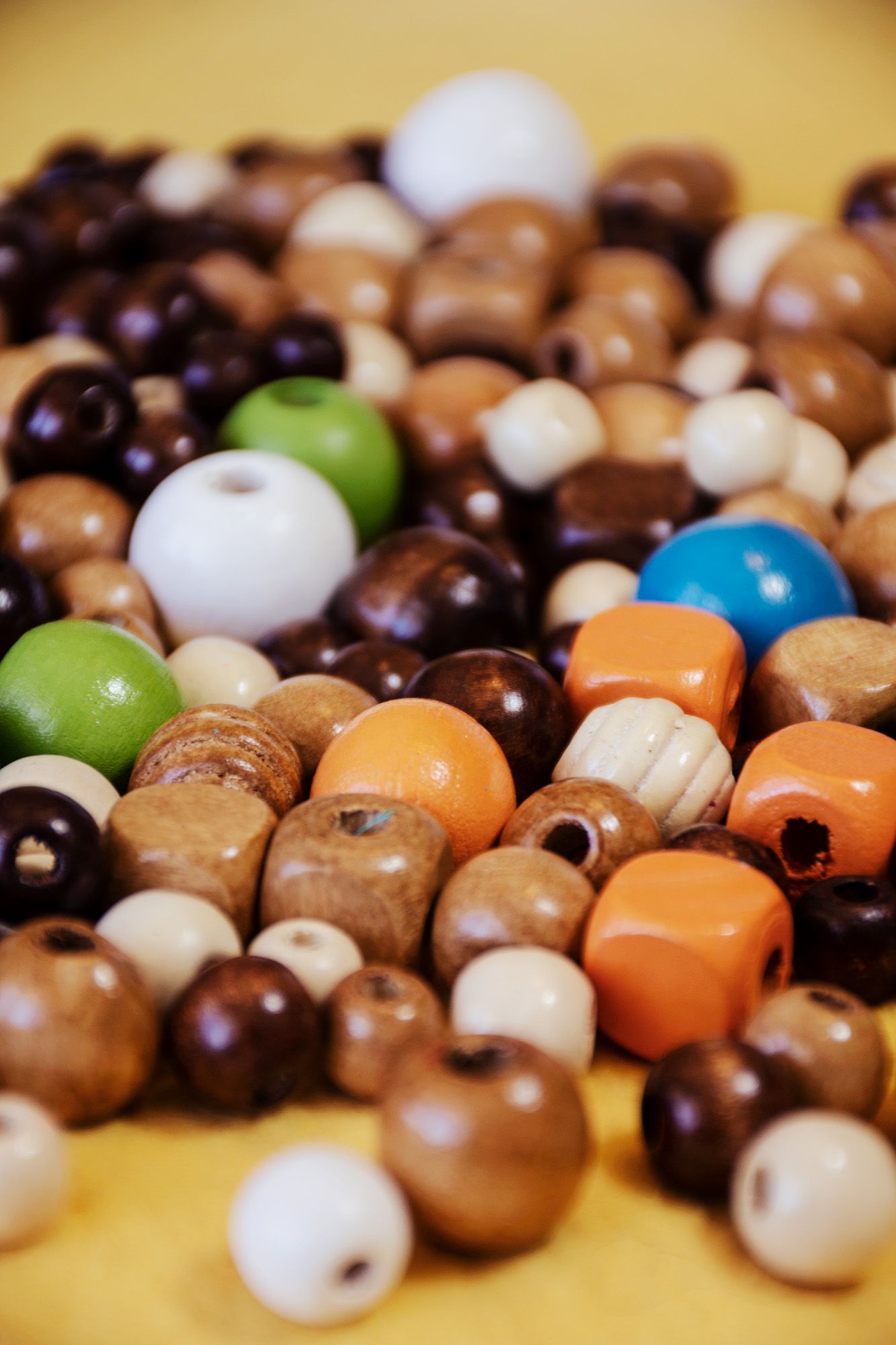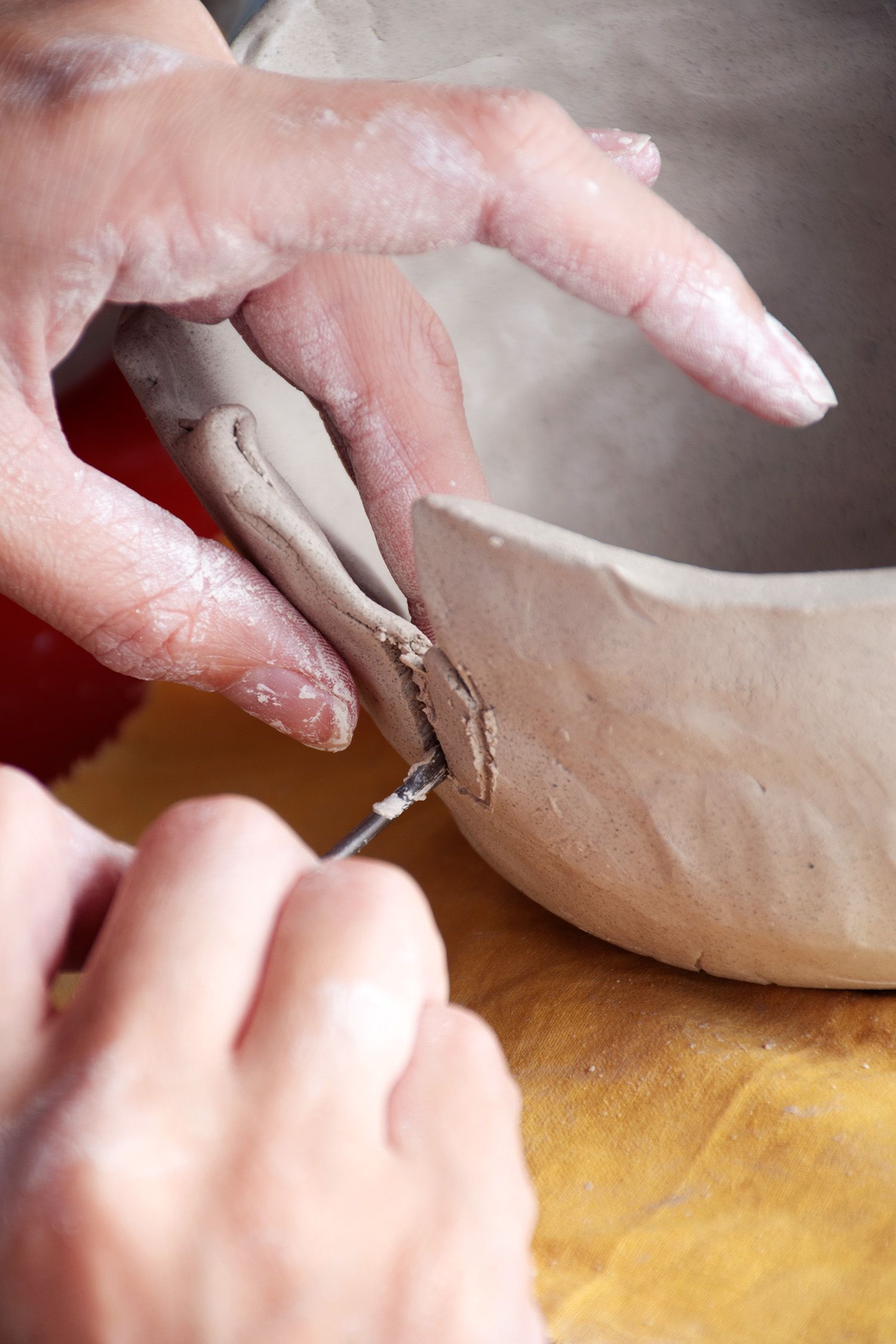The Power of Unity: Exploring the Science Behind Coming Together and Problem Solving
In times of adversity, there's a remarkable phenomenon that occurs when individuals come together to tackle challenges as a cohesive group. From brainstorming sessions to collaborative projects, the act of collective problem-solving harnesses the combined intellect, creativity, and resilience of a team. But what exactly is the science behind this process? In this blog post, we'll delve into the fascinating dynamics of coming together and problem-solving, exploring the psychological and neurological mechanisms that underpin this powerful phenomenon.
Strength in Diversity
One of the key principles underlying effective problem-solving in groups is the concept of diversity. Research has shown that diverse teams bring together a wide range of perspectives, experiences, and skills, which can lead to more innovative and creative solutions. By fostering an environment where individuals feel valued and respected for their unique contributions, teams can harness the power of diversity to tackle complex problems from multiple angles.
The Collective Brain
When individuals come together to solve problems, they essentially create a collective brain—a dynamic network of interconnected minds that collaborate, communicate, and share information. Studies have shown that this collective intelligence can be greater than the sum of its parts, as ideas are exchanged, built upon, and refined through collaboration. By tapping into the collective wisdom of a group, teams can generate novel insights and breakthrough solutions that may not have been possible through individual efforts alone.
The Role of Social Norms
Social norms play a crucial role in shaping group dynamics and influencing problem-solving behaviour. From establishing shared goals and expectations to fostering a sense of trust and cooperation, social norms help to create a supportive and cohesive environment where individuals feel empowered to contribute their ideas and perspectives. By cultivating a culture of collaboration and mutual respect, teams can overcome obstacles and navigate challenges more effectively.
The Power of Positive Emotions
Research has shown that positive emotions such as joy, gratitude, and camaraderie can enhance cognitive function, boost creativity, and improve problem-solving abilities. When individuals come together in a spirit of optimism and enthusiasm, they're more likely to approach challenges with a sense of curiosity and openness, leading to more effective problem-solving outcomes. By fostering a positive and uplifting atmosphere within a team, leaders can harness the power of emotions to fuel innovation and resilience.
Building Trust and Resilience
Central to the success of any collaborative endeavour is the establishment of trust and resilience within the team. When individuals feel supported, respected, and valued by their peers, they're more likely to take risks, share ideas, and collaborate effectively. By nurturing a culture of trust and resilience, teams can weather challenges, adapt to change, and emerge stronger and more cohesive than ever before.
In conclusion, the science behind coming together and problem-solving illuminates the transformative potential of collaborative efforts. If you're eager to experience the joy of collective creativity firsthand, we invite you to join us at Spotty Dog Studio's social art group. Together, we'll harness the power of collaboration to explore new artistic horizons, cultivate meaningful connections, and unleash our creative potential. Don't miss out on this enriching opportunity to be part of a vibrant community where art, camaraderie, and inspiration converge. Come along and let's create something beautiful together!
